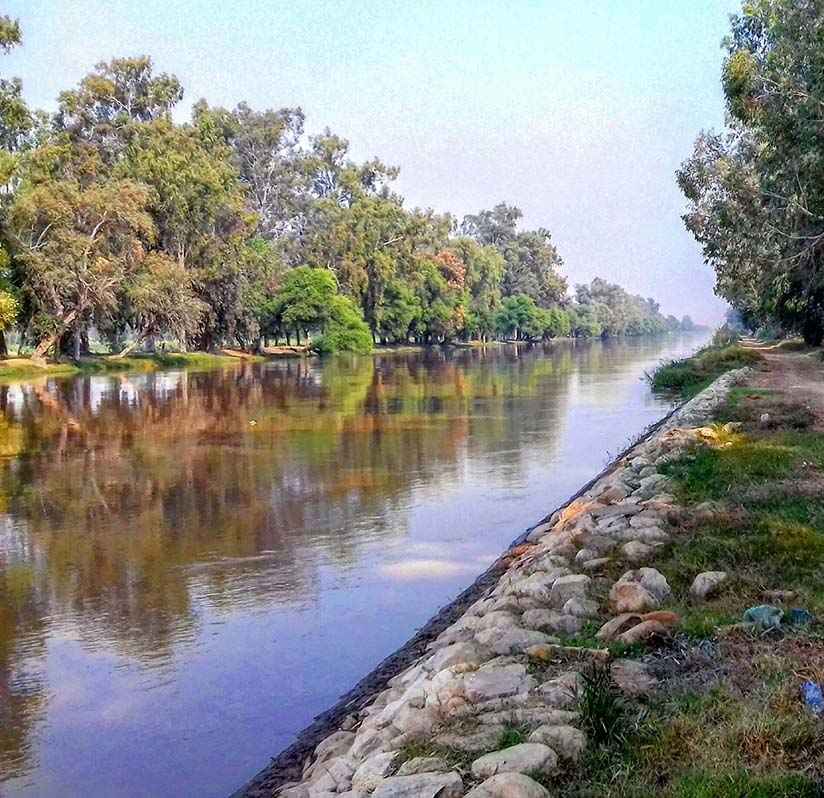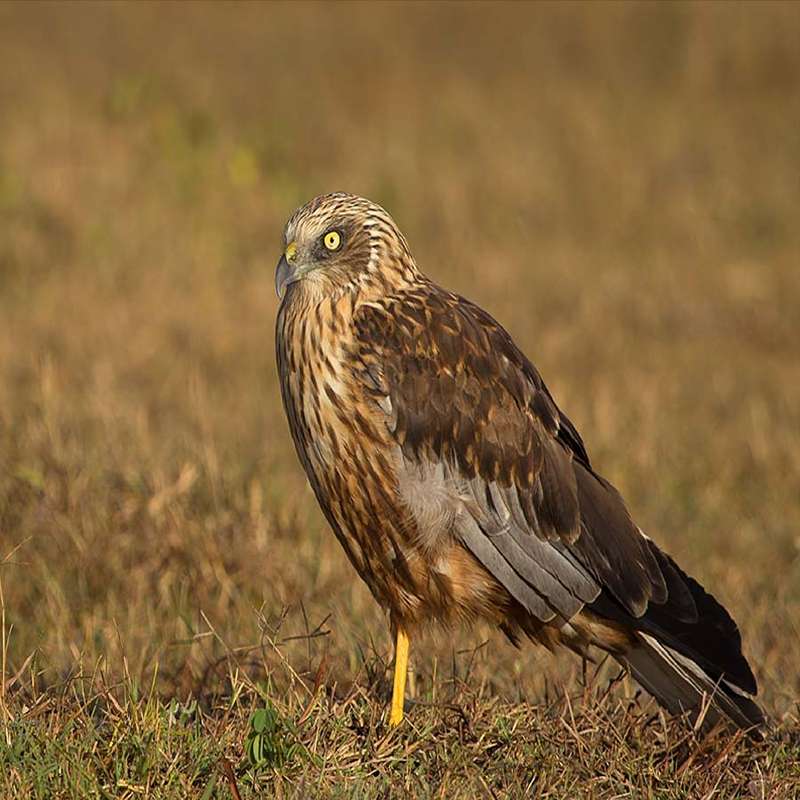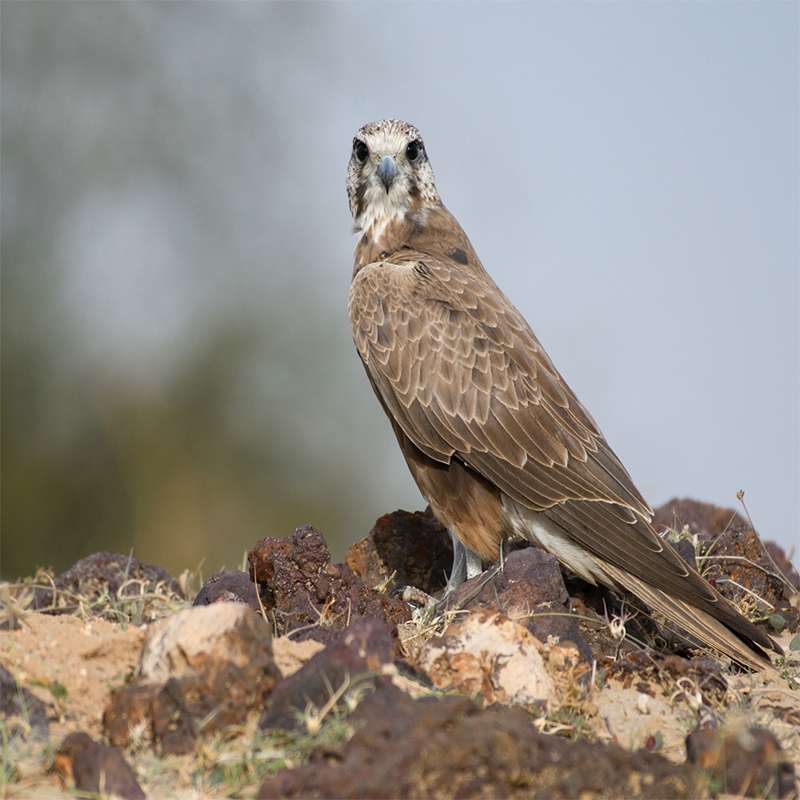Lal Suhanra in a Glimpse
Lal Suhanra national park is a unique and excessive biosphere reserve, situated at the edge of the Cholistan Desert in Pakistan’s Bahawalpur district, South Punjab province. It is home to various wildlife and recognized by UNESCO as one of the largest national parks in South Asia. The park was open to the public in October 1972, and its reserve has been declared as National Heritage.
This Biosphere Reserve contains a combination of forest, wetlands, desert, dunes, lake, and irrigation system. This national reserve park is 35 kilometers from Bahawalpur city. Every year, thousands and thousands of tourists, scientists, global environment preservation experts, students, and the general public frequently visit Lal Suhanra National Park.

Lal Suhanra National Park – a major tourist attraction
Entry to the Park is free for all public from 8:00 AM to 09:00 PM on all 7 days of the week. There is no parking fee for personal vehicles. The park offers its visitors a diversity of terrains in a combination of desert, ponds, lakes, wetlands, forests, and green land within an area of about 163000 acres. Due to the unique combination of environmental factors, the area is rich in wildlife, thus proving a great attraction for wildlife researchers, students, birdwatchers, and forestry conservation experts. This national reserve has approximately more than four hundred animals for breeding in the park and also includes a large number of blackbucks. The fisheries unit is established for research and breeding.
Rhinos were once abundant in this region but their numbers dwindled. However, specimens are reared for public display. The Lion Safari was planned on international standards.
The visitors can observe the lions in their natural habitat. The park also offers Horse Riding, Camel Riding, play gadgets for children, a children’s park, and boating so that visitors can have a great time.
The Tourism Development Corporation of Punjab (TDCP) has constructed a Motel for public use. Also, a Canteen, Grassy Lawns, Bamboo Hut, and other common facilities of any standard public park have been made available for the public. Visitors are found attracted to the Oval Lake, Black Buck enclosure, the Lion Safari, Chinkara, Black Swans, White Swans, and the Breeding Center as well as one of the pair of Indian Rhinos, gifted by the King of Nepal in 1982.

The geography and the place as a habitat
Lal Suhanra National Park is a blend and combination of several types of terrain offering a diversity of its landscapes and ecosystems. The Indus Valley civilization lived here at the banks of the Hakra River. Archaeological remains of the ancient era were found here under the history of the Indian Sarasvati River.
The Reserve is spread on both sides of the Desert Branch canal in Punjab and the portion of the dried-up Hakra River makes part of the Reserve.
The terrain is generally flat and with dunes of sand between one to six meters high, each as large as thousands of acres. The Lake Patisar was originally made as a water reservoir meant for irrigation purposes.
The lake now supports spreading reed beds, with underwater and floating vegetation. It has been a winter migratory bird breeding place. The aquatic vegetation, however, discouraged certain bird types from stopping over here.
Less than ten thousand nomadic people live their traditional life in and around the Lal Suhanra National Park area who also take benefit from tourism. More than a million national and a tenth of that figure of foreign tourists visit Lal Suhanra National Park each year.
The Tourism Development Corporation of Punjab (TDCP) uses radio, television, and field trips as well as lectures to spread awareness about the park, and its fame is enhanced through the visitors who visit this great spot of national heritage.

Some of the exotic wildlife of Lal Suhanra National Park
There are almost 160 bird types in the Lal Suhanra National Reserve as some of the fabulous animals, birds, and reptiles can be seen, like Barn Owl, Bustards, Deer, Egyptian Vulture, Griffon Vulture, Hen Harrier, Honey Buzzard, Houbara Bustard, Indian Cobra,
Moreover, Indian Sparrow Hawk, John’s Sand Boa, Kestrel, Laggar Falcon, Lark, Marsh Harrier, Monitor lizard, Peregrine Falcon, Rabbits, Russell’s viper, Saw Scaled Viper, Shrike, Spiny Tailed Lizard, Wheatear Bird, Wildcats, and Wolf Snake are also an added value for this.
The wildlife enthusiasts and university students in special fields of biosphere studies, foliage, fauna, fisheries, and the environment also find Lal Suhanra National Park of immense importance and a great attraction for leisure and entertainment too.






How to reach ….
Lal Suhanra National Park is located at the edge of the Cholistan Desert, reachable by road from Bahawalpur city. There is also a railway station at Lal Suhanra National Park.
| Travel time and distance by road from City / Town | Distance (road) | Approximate time by road |
| Bahawalpur | 20 km | 35 minutes |
| Multan via NH-5 / AH-2 | 130 km | 2 hrs 25 min |
| Multan Airport via NH-5 | 140 km | 2 hrs 45 min |
| Lahore /M3 Motorway M-3 | 460 km | 6 hrs |
| Faisalabad / Motorway M-4 | 370 km | 5 hrs |
| Sukkur / Multan Motorway M-5 | 411 km | 5 hrs 30 min |
| Islamabad / via Lahore motorway/AH1/M2 & M4 | 660 km | 8 hrs |
| Karachi via Sukkur – Multan Motorway M-5 | 865 km | 12 hours |
Accommodation
Good and comfortable hotels, guesthouses, and restaurants are available near the Lal Suhanra National Park within 10 kilometers radius.
Safety | security
The Lal Suhanra National Park is a safe and secure place for the general public and all visitors. For the wildlife researchers looking for closer observations and inspections of their particular field, it would be advisable to consult the Park & Reserve keepers for permissions and their assistance.
Due to the desert-like conditions around the Lal Suhanra National Park, the temperatures may soar up to 50°C in summer. The visitors are therefore required to take related health precautions during the summer season. Annual rainfall is from 100-250 mm and groundwater has high salinity.




